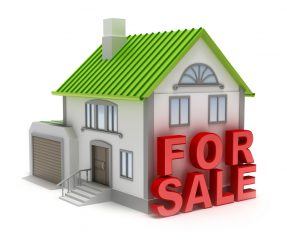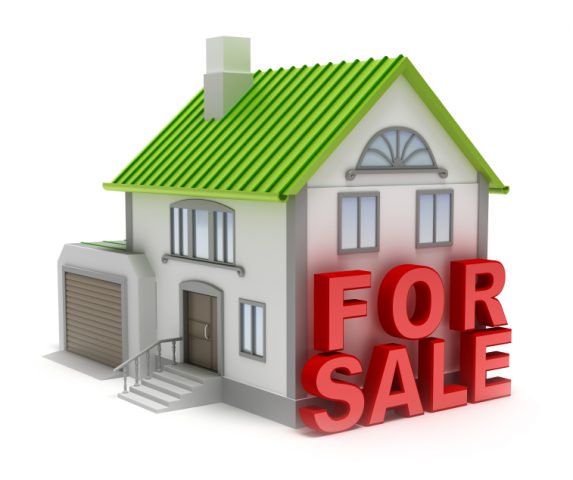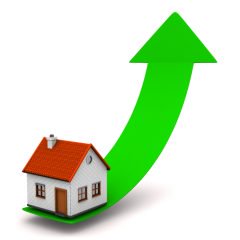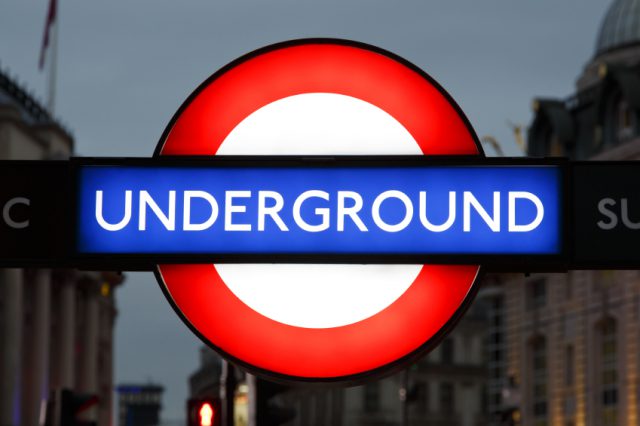How have property prices changed throughout Star Wars franchise?
Unless you have been living in a galaxy far, far away, you will know that this week marks the release date of the new Star Wars film.
To celebrate the occasion, the Halifax has looked at how property prices have performed since the first film made the big screen in 1977.
Revenue
Since A New Hope was released, Star Wars has generated gross box office revenues of $4.4bn. However, this is dwarfed by when compared to the increase in value of privately owned British housing stock.
The first movie of the franchise was released in May of 1977, where housing stock stood at £194.4bn. In the present day, this value has increased at the speed of the Millennium Falcon to £5.1 trillion, representing a change of 2519%.
Home purchasers in the UK in 1977 faced average property prices of £13,650-which is less than the average price of a car in today’s market! The latest Halifax House Price Index puts average prices at £204,552, equating to an increase of 1,399%.
Those buying homes in Britain in 1980, the year of the next Star Wars release, would have seen values up by 767%. In 1983, homebuyers would have seen prices rise by another 566%.

How have property prices changed throughout Star Wars franchise?
Attack of the Homes!
It took 16 long years from then for The Phantom Menace to hit our screens in 1999, where prices had risen to 75,844, an increase of 170%. Attack of the Clones came shortly after in 2002, where a further 93% in value had been recorded. Finally, between the Attack of the Sith in 2005 and the present day, prices have risen by a more mediated 26%.
The table below highlights how much property prices have changed by year of Star Wars film release:
| House Price £ | % Changes to Nov 2015*** | |
| 1977 May (Annual)** | 13,650 | 1399% |
| 1980 May (Annual)** | 23,596 | 767% |
| 1983 May (+Q2) | 30,725 | 566% |
| 1999 May (+Q2) | 75,844 | 170% |
| 2002 May (+Q2) | 106,195 | 93% |
| 2005 May (+Q2) | 162,783 | 26% |
‘For Star Wars fans the promise of new trilogy means the circle is now complete,’ noted Craig McKinlay, Mortgages Director at the Halifax. ‘Box office receipts are likely to cement the franchise’s place as one of the most successful series of all time. However, it’s no Jedi mind trick to say even the returns here have been dwarfed by increases in the value of UK housing stock.’[1]
[1] http://www.propertyreporter.co.uk/hero/the-force-has-been-strong-for-uk-house-prices.html








